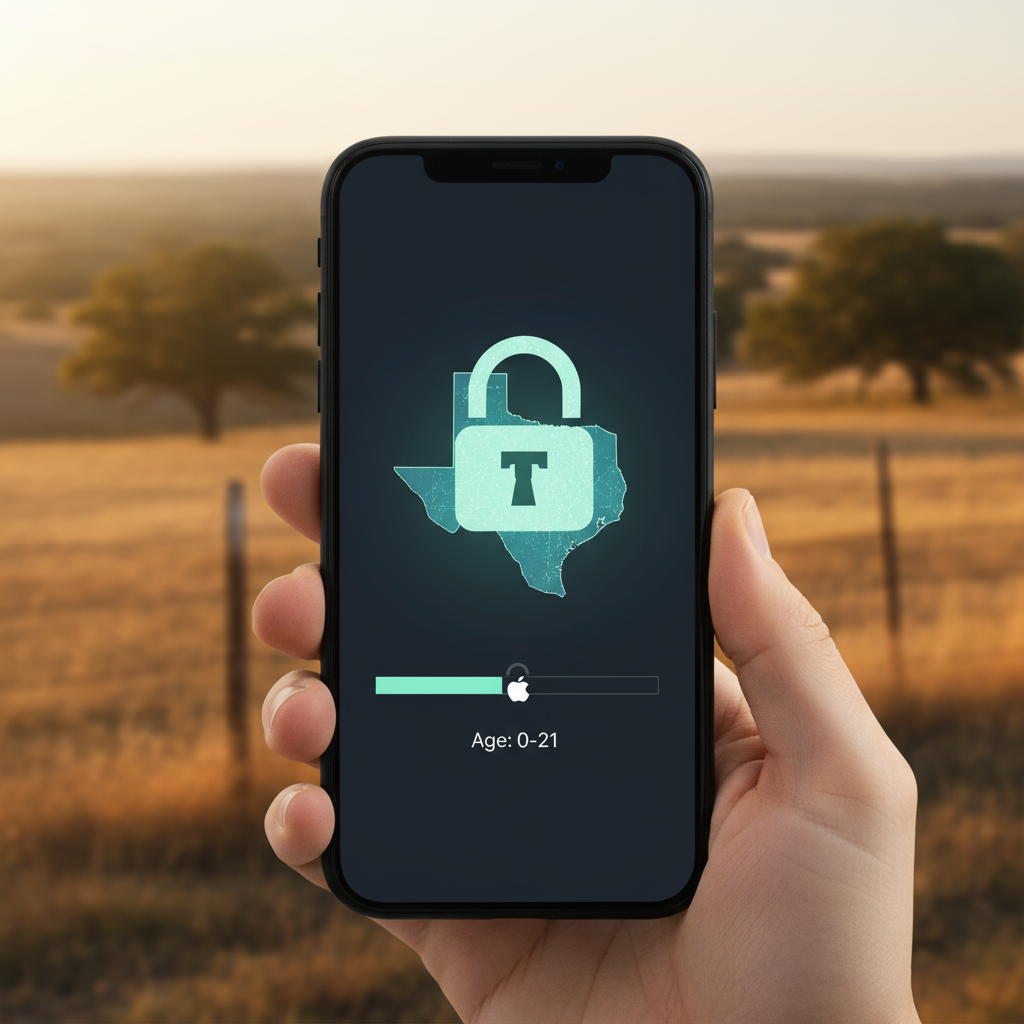Apple Tightens the Reins: How iPhones are Adapting to Texas’ Age Verification Law
The digital landscape is a constantly evolving frontier, and with its rapid growth comes new challenges, especially concerning youth protection. Recently, the tech giant Apple has found itself at the forefront of a significant shift, taking steps to comply with Texas’ new age verification law. This isn’t just a minor update; it represents a notable pivot in how iPhones operate, fundamentally changing the user experience for many.
This move by Apple isn’t happening in isolation. It’s part of a broader trend of states enacting stricter regulations around online content and youth access. Texas’ law, in particular, places the onus on platforms and devices to ensure minors aren’t exposed to adult material. For a company like Apple, with its commitment to user privacy and a carefully curated ecosystem, navigating these new legal waters is a complex balancing act.
The Texas Mandate: A New Era for Digital Content
Texas’ age verification law, specifically HB 1181 and HB 18, aims to shield minors from harmful online content. These laws require websites and applications that host adult material to implement robust age verification systems. While this primarily targets adult entertainment sites, its ripple effects are now reaching mainstream content providers and, more significantly, device manufacturers like Apple.
The core challenge for tech companies lies in implementing these verification processes without compromising user privacy or creating undue barriers for adults. Texas isn’t alone; similar legislation is either enacted or under consideration in states like Utah and Louisiana. This patchwork of regulations means that what starts as a state-specific requirement can quickly become a de facto national standard for major tech players.
How Apple is Implementing the Changes
Apple, renowned for its tight control over its ecosystem, is approaching this challenge with its characteristic thoroughness. While the exact technical details are still emerging, the broad strokes involve a multi-pronged approach that integrates age verification at various levels of the iPhone experience. The goal is to create a seamless yet secure environment that adheres to the new legal requirements.
One of the most significant changes is likely to be found within the App Store. Developers whose apps contain content deemed “adult” under Texas law will face stricter age verification requirements during the submission and review process. This could involve more granular content ratings and potentially the need to integrate third-party age verification services directly into their applications. For users, this might mean additional steps to download or access specific apps, even if they are adults.
Beyond the App Store, Apple is also expected to leverage its existing parental control features, such as Screen Time, with greater emphasis. These tools, which already allow parents to restrict app usage and content access, may see enhancements that specifically integrate with new age verification protocols. This could empower parents to more effectively manage what their children can view and interact with on their devices, aligning with the spirit of the Texas law.
The Delicate Balance: Privacy vs. Protection
This shift by Apple raises crucial questions about the balance between protecting minors and safeguarding user privacy. Age verification often necessitates collecting personal data, which can be a sensitive issue for users who value anonymity and data security. Apple has historically positioned itself as a champion of privacy, and this new mandate presents a significant test of that commitment.
The challenge for Apple will be to implement these age verification measures in a way that minimizes data collection and maintains user trust. This might involve utilizing privacy-enhancing technologies or relying on existing data points within the Apple ecosystem, rather than demanding extensive new personal information from users. The public and privacy advocates will undoubtedly be scrutinizing Apple’s approach closely, ensuring that compliance doesn’t come at too high a cost to individual rights.
Furthermore, the effectiveness of these measures will be a key point of discussion. Will these “locks” genuinely prevent underage access, or will creative minors find workarounds? The cat-and-mouse game between tech companies and determined users is a familiar one, and maintaining the integrity of these age verification systems will require ongoing effort and adaptation from Apple.
Looking Ahead: The Future of Digital Content Access
Apple’s compliance with Texas’ age verification law is more than just a localized change; it signals a potential seismic shift in how digital content is accessed and regulated nationwide. As more states consider similar legislation, the industry standard may very well become one where universal, robust age verification is a prerequisite for accessing certain types of online content.
This trend could have far-reaching implications for content creators, app developers, and users alike. Developers might face increased hurdles and costs in bringing their products to market, particularly if their content pushes the boundaries of what’s considered “appropriate” for all ages. For users, it could mean a more segmented digital experience, where access to certain content is gated behind an age verification process, regardless of their actual age or intent.
Ultimately, Apple’s actions in response to the Texas law highlight the growing tension between the open nature of the internet and the desire for greater protection, particularly for minors. How Apple navigates this complex terrain, balancing legal compliance with user experience and privacy, will set a precedent for the entire tech industry in the years to come.
